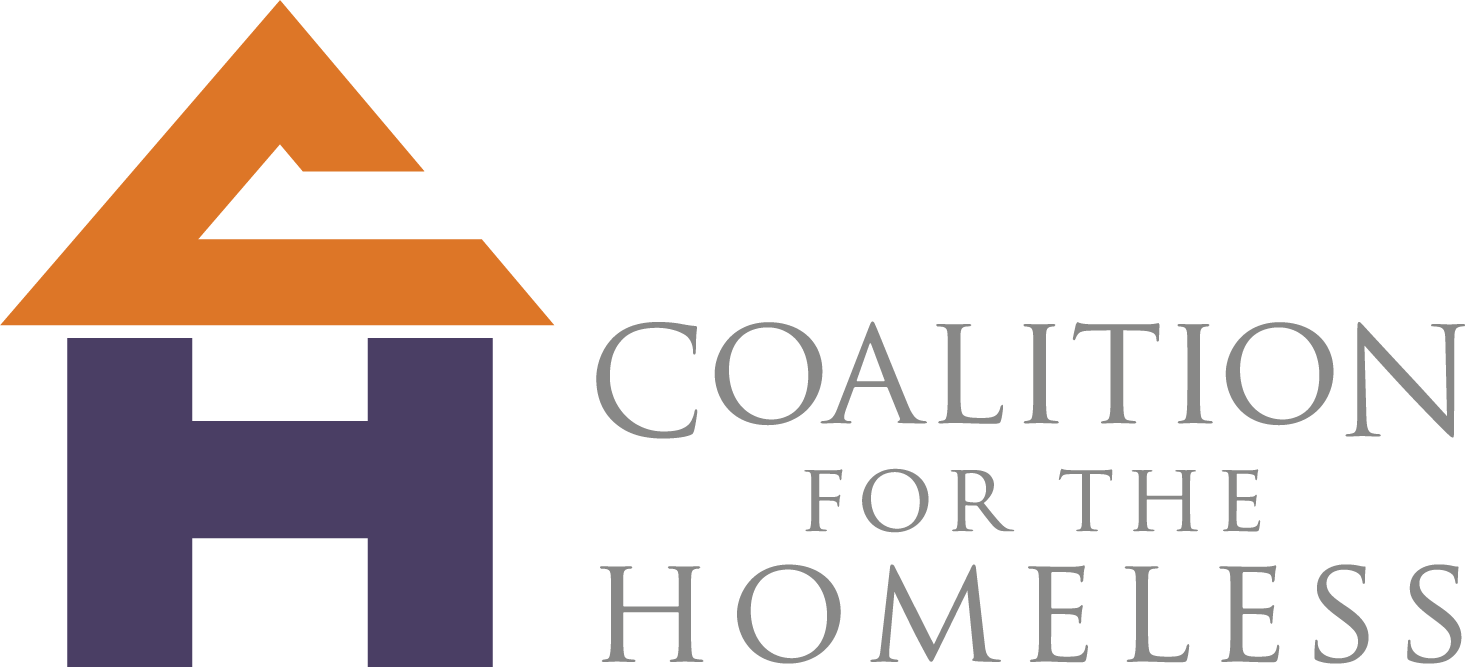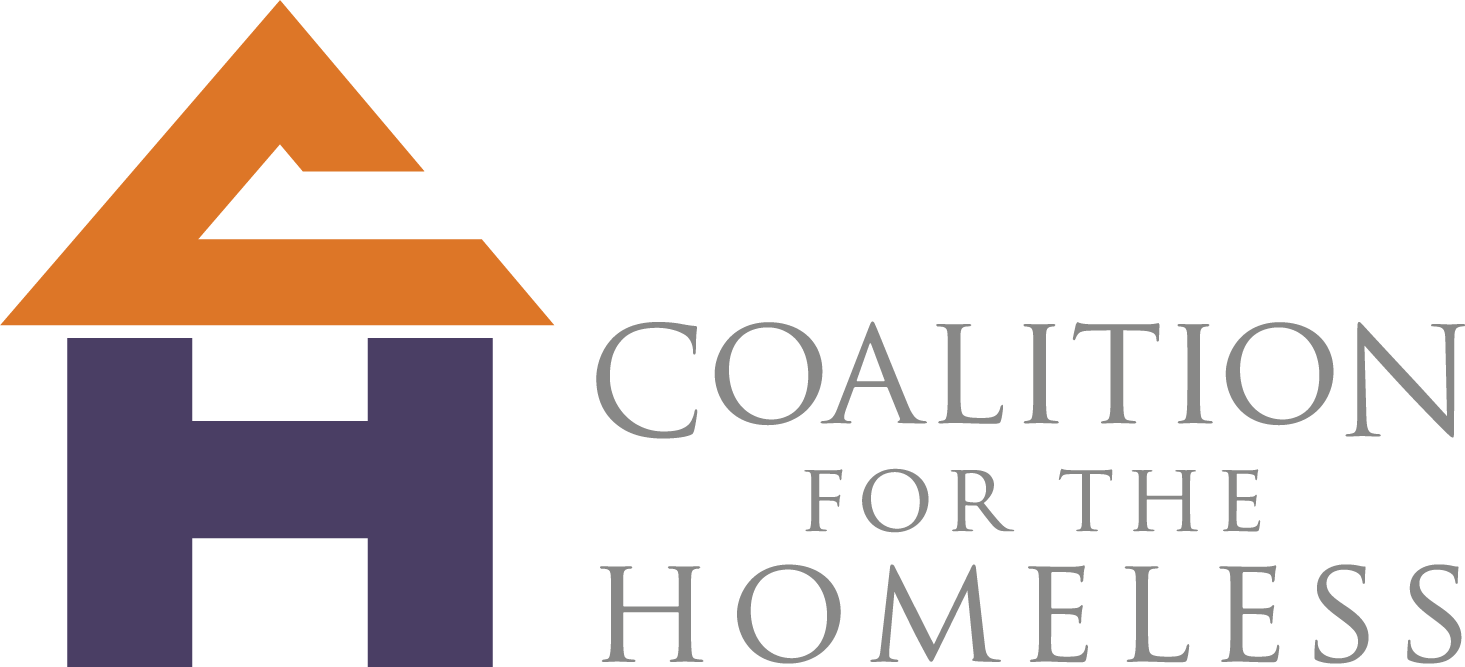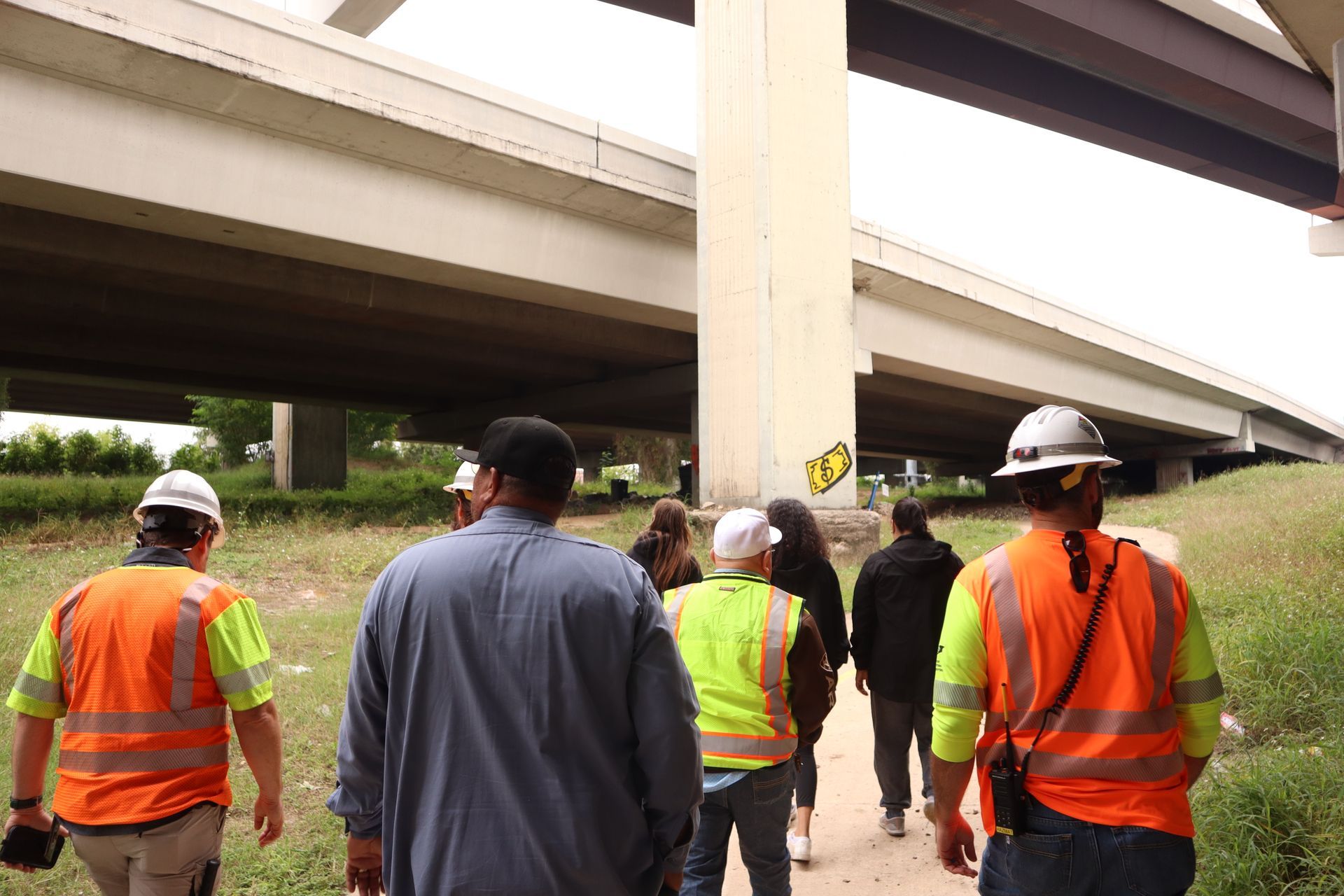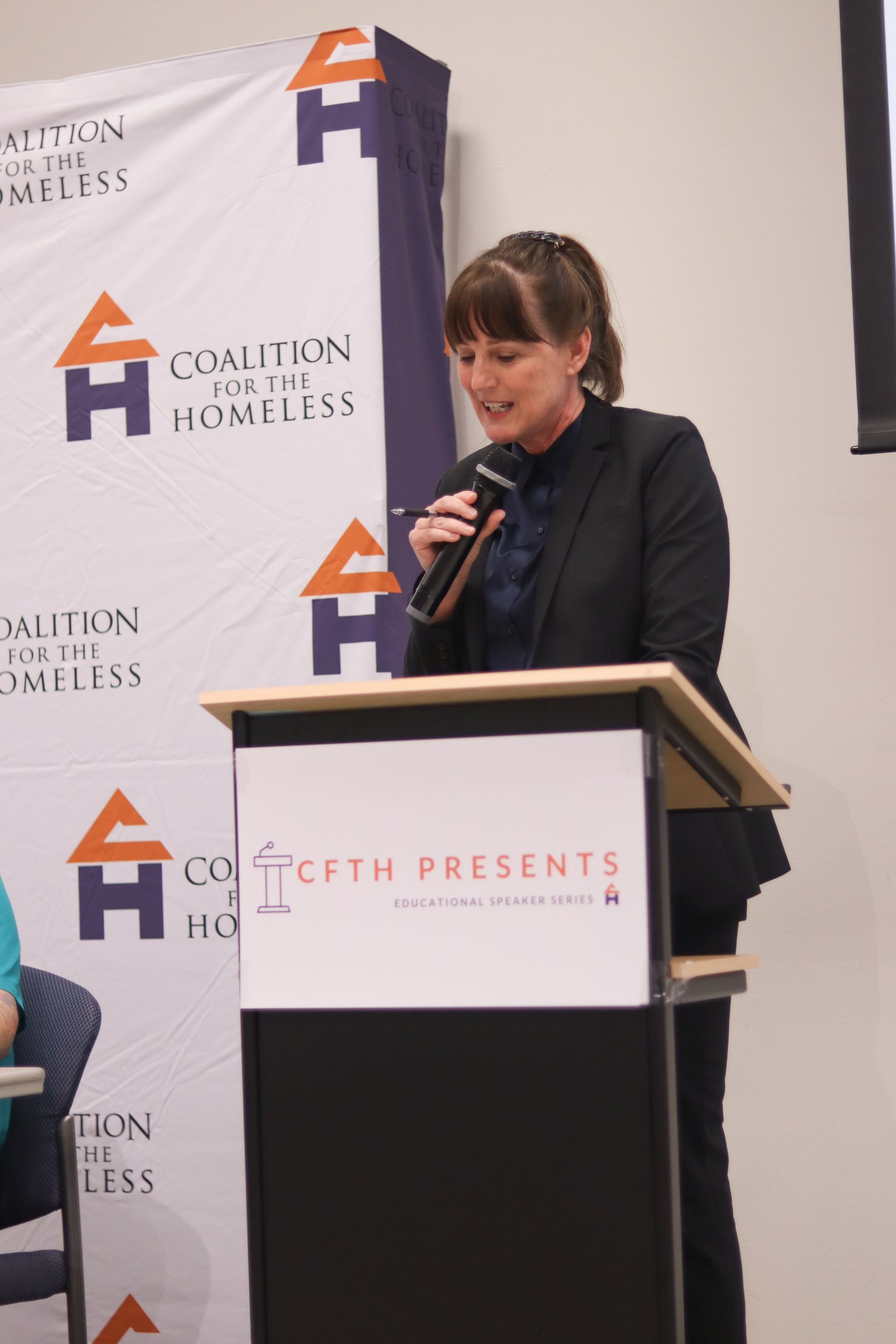Unpacking HMIS
Aubry Vonck • Jun 22, 2021
Unpacking HMIS (Homeless Management Information System)
In 2020, more than 45,000 people accessed some type of homeless or prevention service in Harris, Fort Bend, and Montgomery counties. Each of these 45,000 people have a unique story. Because of how robust our local homeless response system is and how many clients we serve, it is essential that we have a database that aids us in collecting relevant data on our clients in order to best serve them.
What is HMIS?
A Homeless Management Information System (HMIS) is a database used to record and track client-level information on the characteristics and service needs of homeless persons. An HMIS ties together homeless service providers within a community to help create a more coordinated and effective housing and service delivery system.
The U. S. Department of Housing and Urban Development (HUD) and other planners and policymakers at the federal, state and local levels use aggregate HMIS data to obtain better information about the extent and nature of homelessness over time. Specifically, an HMIS can be used to produce an unduplicated count of homeless persons, understand patterns of service use, and measure the effectiveness of homeless programs.
HUD requires all agencies receiving federal funds from the McKinney-Vento HUD Program for use in serving the homeless community to participate in the HMIS. Starting in 2011, Emergency Solutions Grant (ESG) and Supportive Services for Veteran Families (SSVF) providers are also required to participate. Agencies who provide services and/or shelter to the homeless community but who don’t receive federal funding can still apply and get access to use HMIS subject to Coalition review and approval.
Who is responsible for HMIS?
The CoC Program Interim Rule (24 CFR Part 578) assigns responsibility for the HMIS to the CoC. It makes clear the the CoC is ultimately responsible for HMIS, and not the agency that gets the grant because the grant is awarded on behalf of the CoC.
The CoC must designate a single HMIS system for the geographic area and a single eligible applicant as the HMIS lead. The HMIS lead is the only applicant eligible to apply for CoC funds are the HMIS program component. The management of HMIS is delegated to the HMIS lead agency, but the CoC maintains the oversight role. The TX-700 CoC’s (more commonly known as The Way Home) HMIS is staffed at the Coalition for the Homeless. The Coalition’s HMIS staff is responsible for the administration of the HMIS software and providing technical assistance to participating agencies and end-users.
Agencies that participate in The Way Home CoC’s HMIS are referred to as “participating agencies.” Each participating agency needs to follow certain guidelines to help maintain data privacy and accuracy. The guidelines listed in this document do not replace the more formal and legally binding agency agreement that each agency signs before program implementation.
How does HMIS make our system better?
Before 2012, agencies worked in silos and thus were unable to effectively communicate, analyze data, and relay information. Agencies had no way of knowing what services an individual had already received or where they had received it. They could not share case plans or outcomes. Sometimes individuals were receiving services that may not have been the best intervention for them, but it was what was provided at the door on which they happened to have knocked.
The implementation of HMIS was a huge help in breaking down those barriers while still preserving client confidentiality. Our system now provides a community-based approach to assessing and referring people for services, which is all done electronically through the HMIS. When individuals are assessed through Coordinated Assessment, they are put on a waitlist based on vulnerability and prioritized for housing. They are then referred to any organization that fits their needs according to their assessment. This collaboration makes our agencies more effective and our clients more primed to succeed. HMIS Data is reported to HUD to communicate how well the system and its projects are doing.
Having access to HMIS represents a strategic advantage for service providers. The HMIS software we use allows multi-level client data sharing between organizations, as well as client case coordination and electronic referrals. Our locally developed information-sharing model can prevent service duplications and enable collaboration between various homeless service providers, while limiting access to sensitive data. Client privacy is very important to us.
In addition to the standard data collection and reporting functionalities, the HMIS software includes a comprehensive case management module, bed management, performance measurement tools, ad-hoc reporting, software customization options, etc. Lastly, providers already in HMIS are better positioned to apply for future funding opportunities, as many national and local funders now require HMIS participation.
There are currently over 900 active users from around 100 different organizations capturing data in The Way Home Continuum of Care.
What does HMIS tell us? How does it help us better serve our clients?
While much of the work of HMIS is behind the scenes, it truly is the core of our local homeless response system. Every piece of data is essential in order to make data-driven decisions and track how many people have been permanently housed, how many are still experiencing homelessness, and how many we still need to provide services for.
A client’s HMIS record tells their story; each agency that provides services to a given client is another chapter to their story. An example of a “story” for a client experiencing unsheltered homelessness could be some outreach enrollments, some shelter enrollments, and an end result being housed in Rapid Re-housing
or Permanent Supportive Housing.
HMIS Training and the National Human Services & Data Consortium Conference
In April 2021, our HMIS team presented at the National Human Services & Data Consortium Conference. Data System Manager Kelita Beechum and Data System Specialists Agnes Asigbey and Lindsey Grubbs represented the Coalition for the virtual presentation which was attended by nearly 600 individuals.
The presentation focused on improving HMIS training curriculum and delivery. They shared our system’s methods of conducting training. While trainings were completed in-person prior to the pandemic, the team shared how they transitioned to virtual trainings. In the beginning, this required a lot of experimentation, but the team adapted quickly. Platforms used include GoToMeeting, Zoom, and Microsoft Team. The platform used is based on how many people attend and what screen sharing needs are required.
Virtual trainings have actually increased training attendance. These trainings can accommodate more individuals, and it’s more accessible. Because HMIS is so complex and so are our clients, we are grateful for a system that values good data and effective training. These training sessions (more than 10 are offered monthly) cover everything from new user basics to more complex functions and reporting. Click here
to view a calendar of the many HMIS trainings offered.
The Coalition is proud of our HMIS team!
2000 Crawford St., Suite 700
Houston, TX 77002
Please note we do not
provide direct services for people experiencing homelessness. If you are in need of immediate assistance please call 211.
(713) 739-7514
© 2023 Coalition for the Homeless.
All rights reserved© 2024
All Rights Reserved |
Coalition for the Homeless of Houston/Harris County












